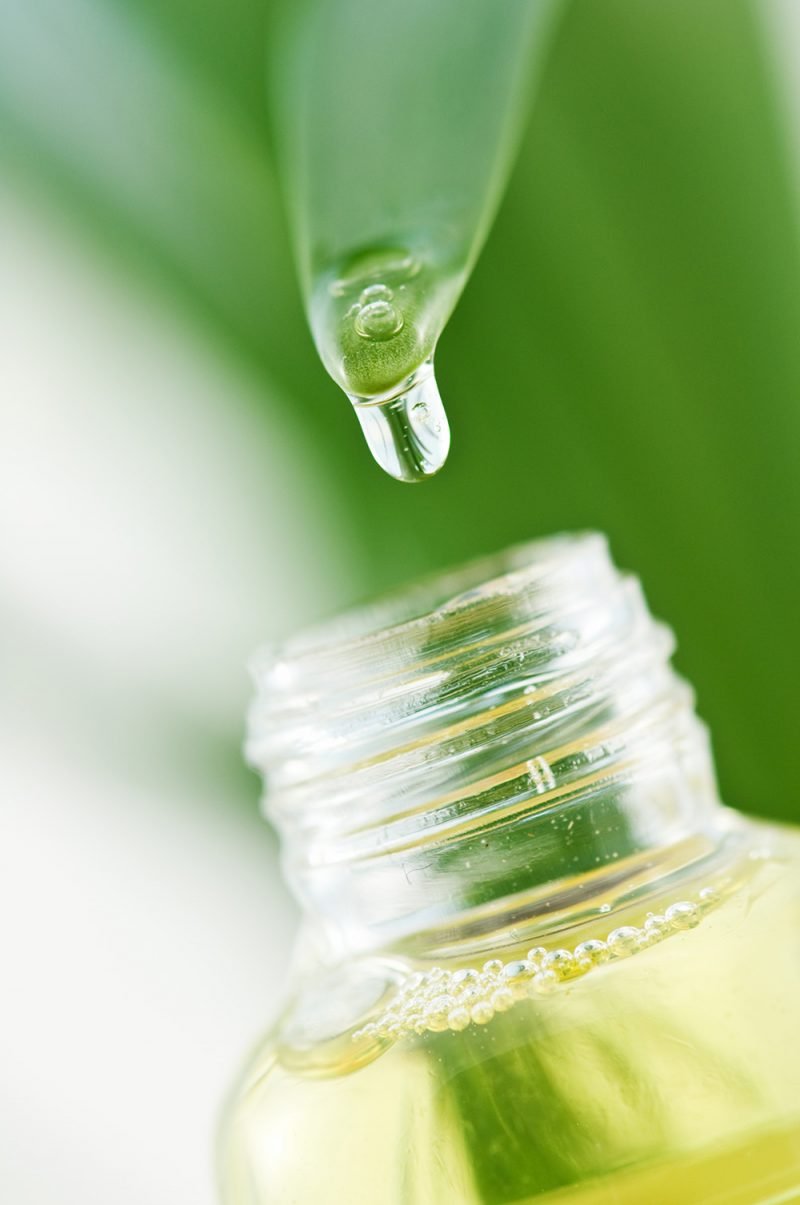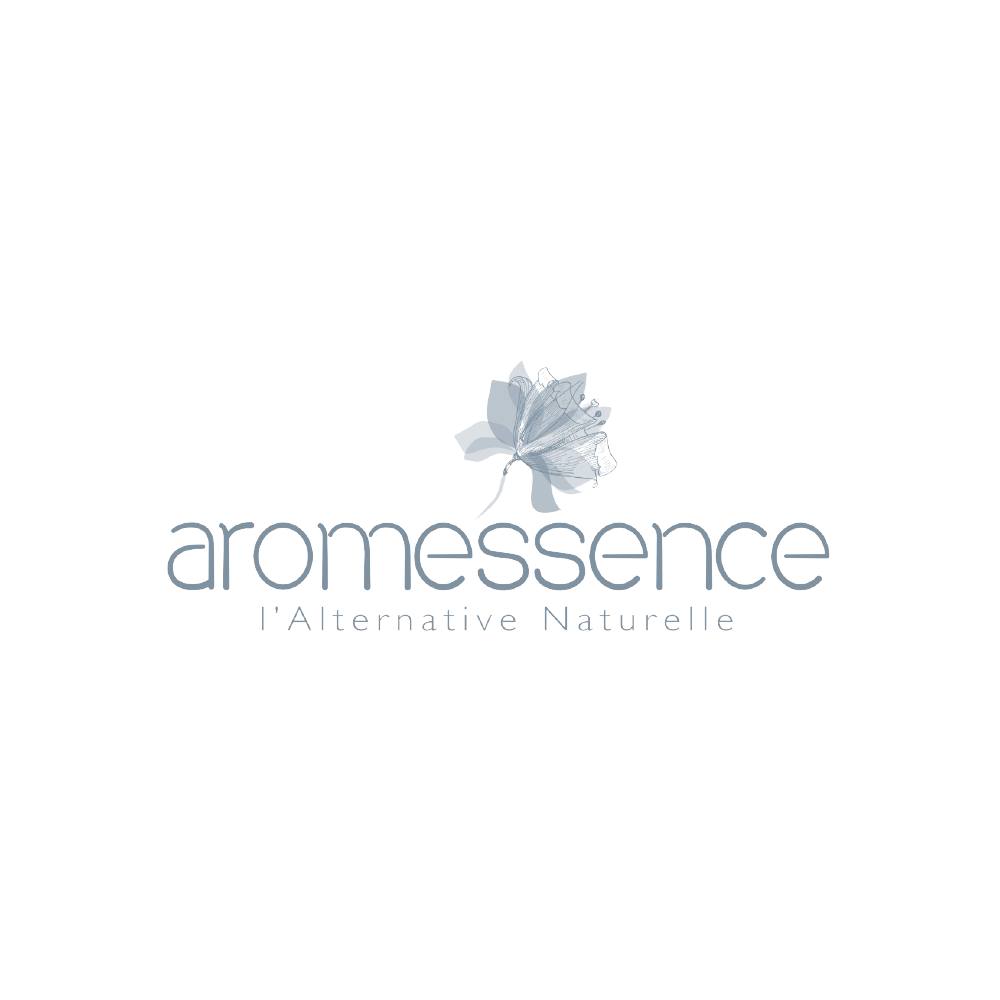Essential Oil
What Is an Essential Oil?
An essential oil is the very soul of an aromatic plant. It’s the volatile essence extracted from aromatic plants through a process called distillation. This complex substance contains aromatic molecules whose health benefits are studied and applied in aromatherapy.
Essential oils are typically obtained by steam distillation. Despite what the name suggests, a pure and natural essential oil contains no fat or oil. During distillation, steam passes through the plant material in a still. The heat bursts the cells containing the essential oil, and the steam carrying the oil is then cooled in a condenser. The oil is then separated from the water.
For citrus fruits (like lemons or oranges), essential oils are often extracted through cold pressing of the peels and zests, a much simpler method when the oil content is high.
Essential oils are costly because their extraction involves delicate and labor-intensive processes.
Some striking figures:
To obtain just one liter of essential oil:
It takes 4 tons of petals of Damask rose
It takes 150 kg of flowering tops of true lavender
Each essential oil contains numerous active components. For example, phenols are powerful actives found in many plants such as Ceylon cinnamon, bay St. Thomas, clove, and thyme (thymol chemotype). These components determine the therapeutic effect—it is the molecule that heals, not just the plant that carries it. Phenols are known for their anti-infectious properties and are thus essential in treating many illnesses. The choice of component is key to ensuring treatment efficacy.

Each essential oil used in the Aromessence range is systematically chemotyped, meaning its active components (such as phenols, ketones, esters…) are precisely identified. The chemotype is the original designation used to characterize an essential oil both botanically and biochemically. Only by knowing the chemotype can we guarantee the therapeutic quality and safe usage of an essential oil.
Moreover, the structure of an essential oil is complex and never limited to just one therapeutic property—it has several. This opens the door to synergies and potentiation effects, enabling a truly individualized therapeutic approach.
A synergy is the combination of several essential oils and their active components to achieve better tolerance and greater effectiveness in addressing a specific condition.
(*) The chemotype is the scientific classification that defines an essential oil based on its botanical species and biochemical composition. It is the only reliable way to ensure both the therapeutic efficacy and safe application of an essential oil.

